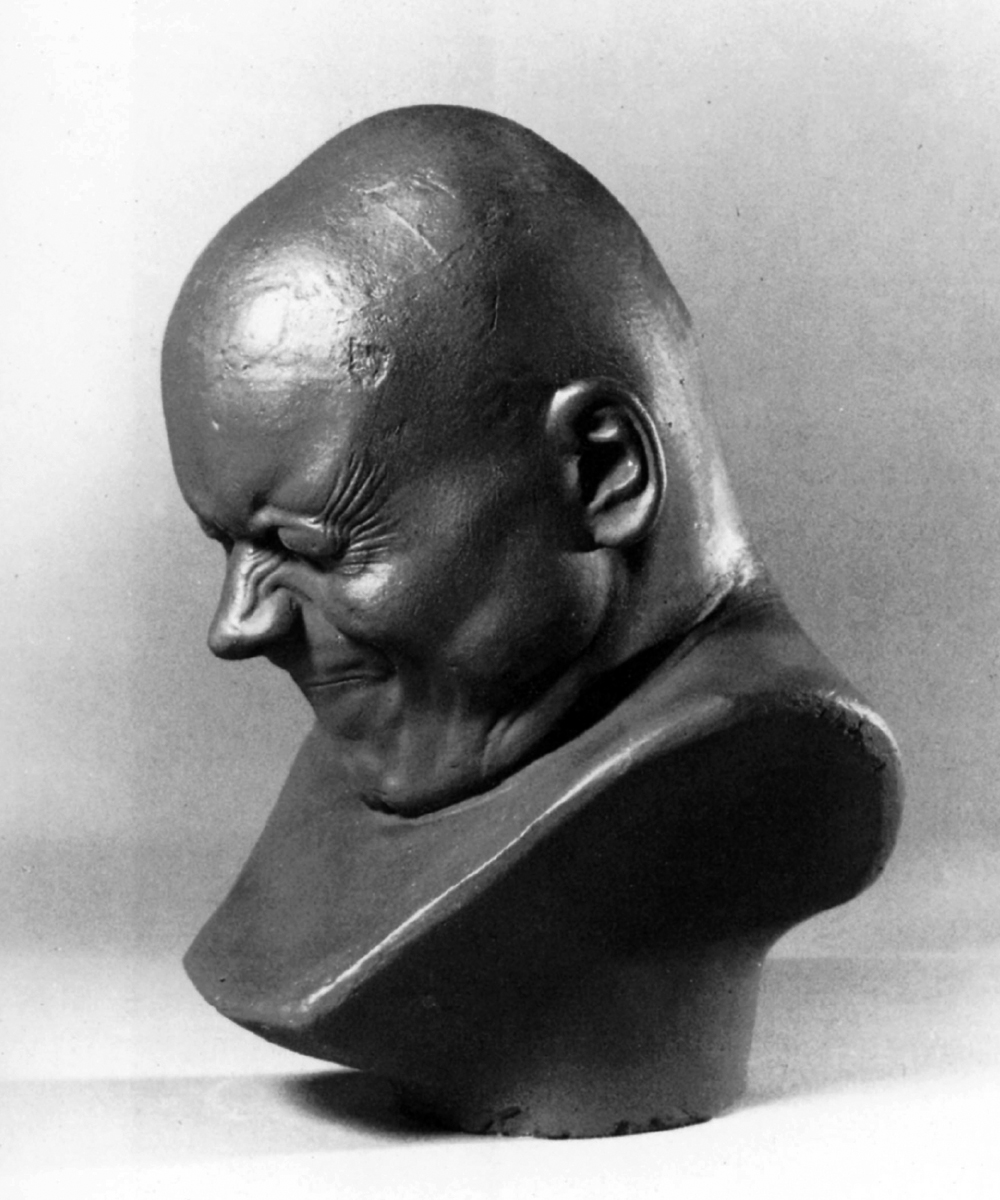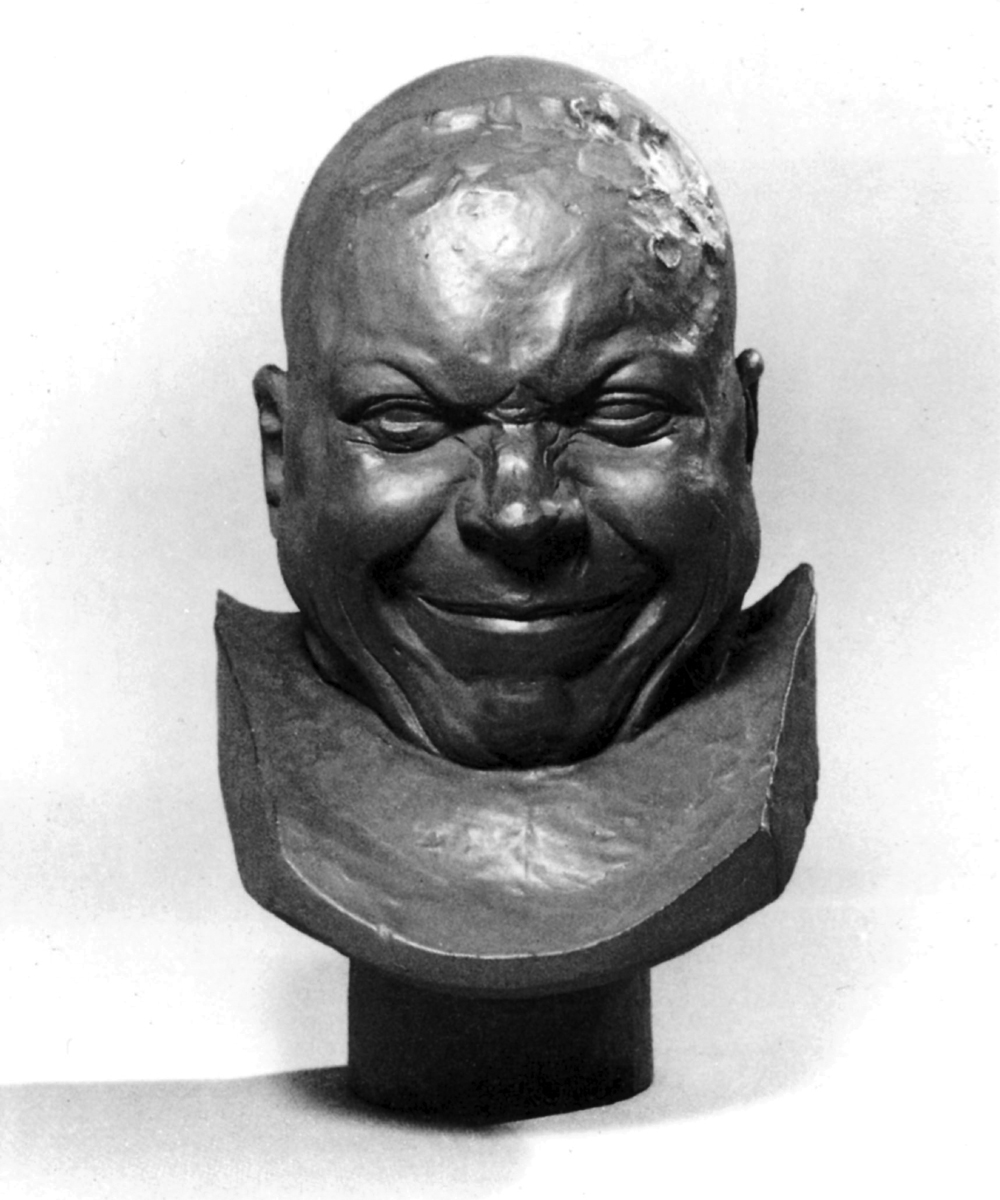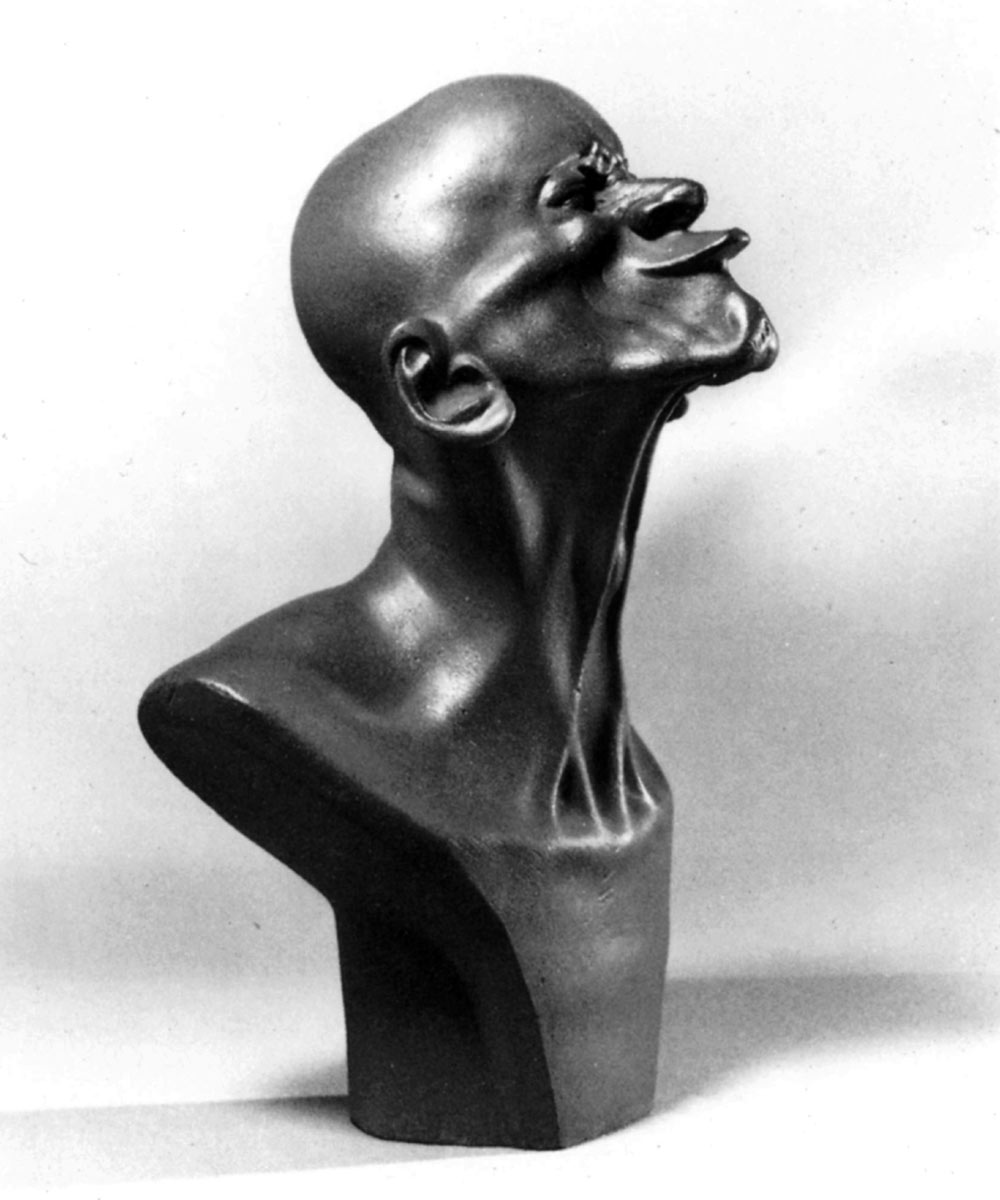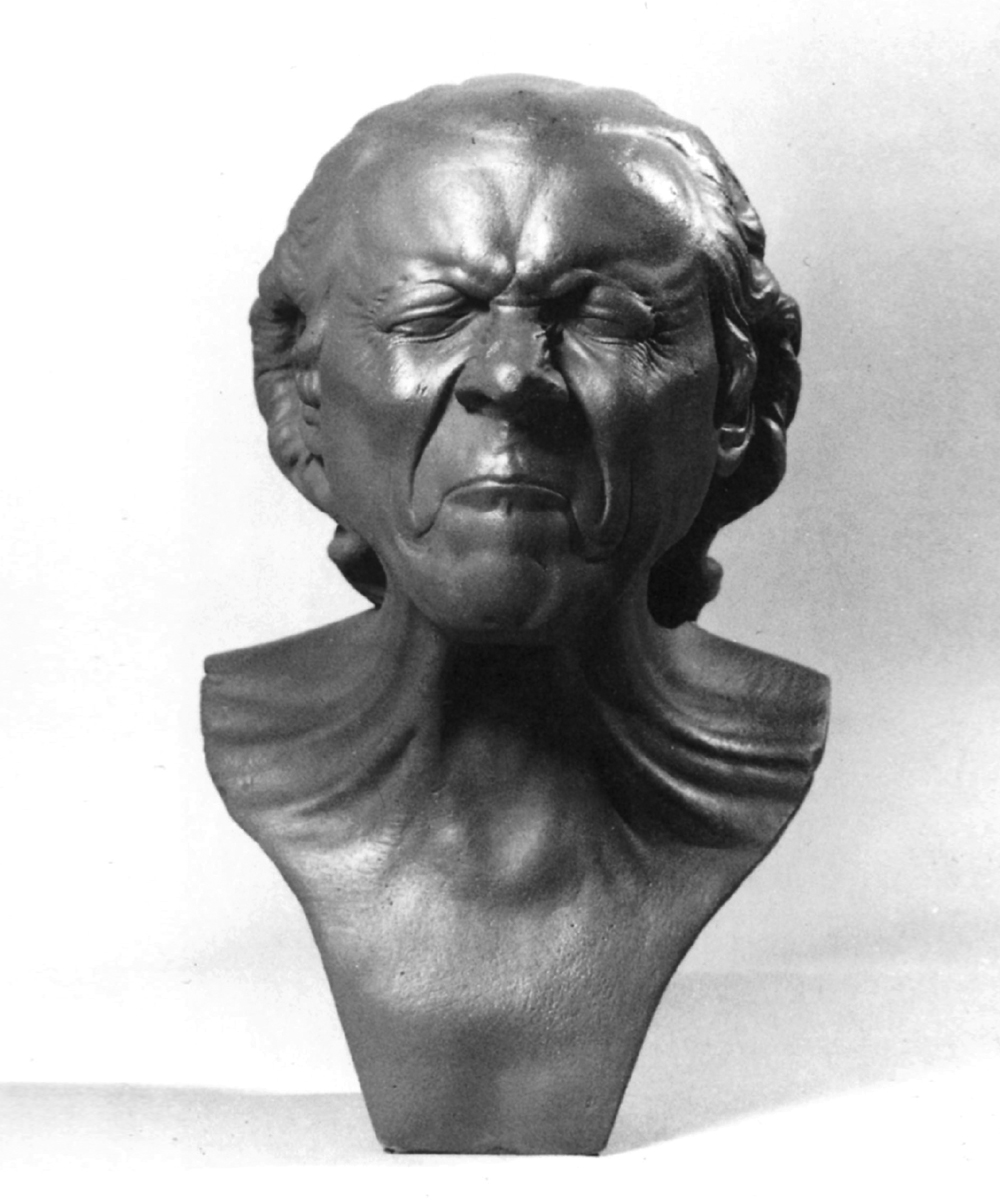The Clean Room / The New Face of Terrorism
The uses and misuses of C. botulinum
David Serlin
“The Clean Room” is a column by David Serlin on science and technology.
In the winter of 2002, the US Food and Drug Administration approved the use of Clostridium botulinum, a highly toxic microorganism, for medical use. In large, unsupervised doses, the bacterium taints organic products like meat, resulting in often-fatal cases of botulism or food poisoning. In small, controlled doses, the bacterium produces a paralyzing effect on nerve endings. Like anti-depressant medications such as Prozac, C. botulinum blocks the release of neural signals that transmit information to various parts of the body. For some physicians, the federal stamp of approval on Type A C. botulinum—otherwise known as Botox™—means that patients suffering from cerebral palsy, blepharoplasm (eyelid muscle spasms), and other neuro-muscular disorders will have much easier access to this medication.
For many more physicians, however, the government-approved mass production and widespread availability of Botox means a surplus of cold, hard cash. In elite consumer circles, the tiny bacterium has beckoned hither with one seductive promise: a single Botox injection paralyzes the nerve endings in an individual’s forehead muscles for up to three months. A middle-aged matron seeking to restore the smooth, wrinkle-free countenance of youth can undergo as many injections as her forehead (and bank account) can endure. Among the latest cosmetic possibilities for Botox are direct injections into the armpit to paralyze the sweat glands and render them moisture-free, a procedure whose effects can last for as long as half a year. Recent figures reveal that in 2001, physicians delivered over one million Botox injections, and the popularity of the procedure is expected to increase tenfold over the next few years. In response to consumer demand, Allergen, the main bio-medical supplier of Botox, is working with recombinant DNA technology to produce strains of C. botulinum that will double or triple the bacterium’s potency, thereby increasing its appeal for both new and longtime users.
Not since the successful Dannon campaigns of the 1970s, featuring hardy Eastern European octogenarians wrapped in furs and babushkas extolling the virtues of eating yogurt for breakfast, have Americans so enthusiastically embraced the idea of putting active bacterial cultures into their bodies. Historically, individuals exposed to bacterial agents have been members of populations vulnerable to the authority of medical science. In the eighteenth century, British scientist Edward Jenner infected himself with tiny traces of smallpox-rich pus to prove that the immune system could build up tolerance to illness, thereby establishing a precedent for the evolution of vaccines. But as Susan Lederer has described in her book Subjected to Science, in the nineteenth and twentieth centuries, a large number of scientists eager to test new vaccines gravitated toward soldiers, prisoners, children, prostitutes, the elderly, and the mentally retarded, often with unimaginably brutal consequences. In 1908, for example, when pediatricians at the University of Pennsylvania wanted to perform diagnostic tests for tuberculosis, they intentionally infected more than 140 children from a nearby Catholic orphanage, most of whom were under eight years old. In 1911, Hideyo Noguchi, a microbiologist sponsored by the Rockefeller University, subjected over 400 patients to luetin, the causative agent of syphilis.[1]
In the case of Botox injections, however, we see a transformation in the target audience of experimental infection from the most vulnerable to the most elite, while the parameters of what delineates "infection" have become utterly negotiable. At $300-500 a pop, vanity-obsessed dowagers and their cohorts are willing to pay exorbitant fees for the privilege of becoming vehicles for transporting dangerous strains of bacteria in their foreheads—bacteria for which scientists have still not found a vaccine. Only under the genius of capitalism can a toxic killer grow up to become a cosmetic amenity.




Initially, Botox injections seem to be the latest tool in an enormous arsenal of medical implants, injections, and other cosmetic technologies that include collagen, silicone, and even Gore-Tex™. Virtually all of the organic or synthetic materials injected or implanted into human bodies produce physical side effects, many far worse than the petulant ennui that often leads one to pursue cosmetic procedures in the first place. As Elizabeth Haiken has described, in the first decades of the twentieth century, doctors injected paraffin wax mixed with olive oil, goose grease, and vegetable soap into their patients’ faces, breasts, and legs in order to banish wrinkles and "sculpt" body parts to meet the cultural expectations of the era.[2] The practice ended by the 1930s with the high incidence of paraffin-related cancers, but the desire for a sculpted, malleable body among patients persisted.
In the mid-1960s, famed San Francisco stripper Carol Doda injected a pint of silicone directly into each of her breasts. This was much more silicone than the standard amount used in breast implants produced by Dow Corning, which were taken off the market three decades later amid a firestorm of controversy and litigation. And while the use of autologous human fat, which is cleaned of biological impurities before it is injected, seemed promising in the early 1990s, recent case studies have revealed its unsavory side effects. At best, the fat migrates from the injection site to one’s least-favored body part to join its kin; at worst, the fat forms an unsightly bas-relief comparable to the shape and volume of a small dwarf. The migration of autologous fat in penile enlargement procedures shocked many men who found themselves looking at penises with truly mushroom-shaped heads.
The use of Botox marks a departure from the history of earlier cosmetic implants and injections in two distinct ways. First, it does not simply introduce an organic product (such as paraffin or collagen) into the body; it introduces a living microorganism, and a highly toxic one at that. Second, Botox injections do not seek merely to produce youthful-looking skin, or to aesthetically reshape a facial feature that will continue to function normally. The goal of the Botox injection is to paralyze and otherwise obliterate the function of the collateral muscles in the forehead, just above the bridge of the nose. In practical terms, this means that one needs to be willing to sacrifice subjective expression for wrinkle-free features. On some level, the allure of Botox injections may be similar to that of exotic delicacies whose charm resides in their power to put consumers in danger: one thinks of the pleasure/pain dialectic derived from the poisonous substances found in absinthe, psychedelic mushrooms, and the Japanese fish called fugu. Botox, however, is distinguished from these organic materials as an impure toxin to the body that produces—however temporarily—a youthful appearance and not an aesthetic experience or altered state of consciousness.
The widespread use of Botox ushers the first period in the modern era—certainly since the rise of visual technologies in the mid-nineteenth century—where facial expressions will be disaggregated from the signified meanings to which they are typically moored. Over time, physicians expect that Botox customers will have to forfeit use of their forehead or eyebrows, two key vectors through which humans typically engage in nonverbal communication. As Norbert Elias described in his classic study The Civilizing Process, facial gestures are a central part of the modern lexicon of performative visual cues that, along with etiquette and refined behavior, are public markers of social class.[3] In the 1860s, Nadar captured the prototype of the exaggerated furrowed brow in his photographs of Parisian asylum patients; in the 1970s, John Belushi elevated the mischievous single-raised eyebrow to an art form on Saturday Night Live. Indeed, what the frozen foreheads of Botox consumers call to mind, more than anything else, is the passivity and imperturbability of European aristocracy. One imagines an unflappable, furrow-less Queen Victoria waving from her horse-drawn carriage, or perhaps the sunken, emotionless visage of Catherine de Medici in languid repose, with a pomegranate in one hand and an open book in another. These were faces indifferent to the whims of fashion or popular opinion, born not only to rule but to resist physical weaknesses that might link them with their social inferiors.
The iconic value of unruffled monarchs and aristocrats may have represented the solidity of power in pre-modern times, but in our current media-saturated culture, the desire to humanize celebrities and political figures demands an increased capacity to physically express a wider spectrum of emotions than ever before. The fertile territory between these two competing ideals of public expression is precisely what Andy Warhol mined in his multiple silk-screened portraits of Jackie Kennedy and Marilyn Monroe in the early 1960s. During the national mourning over Princess Diana’s death in 1997, the British public, seeking psychological satisfaction, called in desperation for the royal family to exhibit its collective grief through open displays of emotion. Instead, the House of Windsor’s decision to affect a traditional and icy aristocratic stance seemed to many to expose the artifice of hereditary power, rather than its permanence.
In this sense, it is hard to conceive of a more O. Henry-esque historical moment than our own: an era in which a volatile microorganism invisible to the naked eye has achieved popularity among a social niche that is completely indifferent to the political economy of global terrorism. Herein lies the paradox of Botox: how else to understand the staving-off of aging, and ultimately the fear of death, by pursuing a medical treatment that promises to bring one in closer proximity to death than ever before?
According to Science, US officials recently ranked C. botulinum second only to anthrax as the microorganism most likely to be used in bioterrorist activities—an unnerving statistic, considering that unlike anthrax, there is no known antidote even for common strains of the bacterium.[4] Indeed, any country that can manufacture mass quantities of C. Botulinum—let alone synthesize new mutant strains of it—will have a weapon of incalculable power. After all, even the cosmetic use of Botox does not work to protect the immune system, but instead works to erode the body’s natural defenses. In our enthusiasm to promote the ephemera of youth over the grace of maturity, could we be producing, however inadvertently, a passive army of terrorists clad not in combat boots but in Prada heels?
- Susan Lederer, Subjected to Science: Human Experimentation in America Before the Second World War (Baltimore: Johns Hopkins University Press, 1995), p. 60.
- Elizabeth Haiken, “Modern Miracles: The Development of Cosmetic Prosthetics,” in Katherine Ott et al., Artificial Parts, Practical Lives: Modern Histories of Prosthetics (New York: New York University Press, 2002), pp. 171–198.
- See Norbert Elias, The Civilizing Process [1937], trans. Edmund Jephcott (New York: Urizen Books, 1978).
- Donald Kennedy, “Beauty and the Beast,” Science, vol. 295 (March 1, 2002), p. 1601.
David Serlin is an editor and columnist for Cabinet. He is the co-editor of Artificial Parts, Practical Lives: Modern Histories of Prosthetics (New York University Press, 2002).
Spotted an error? Email us at corrections at cabinetmagazine dot org.
If you’ve enjoyed the free articles that we offer on our site, please consider subscribing to our nonprofit magazine. You get twelve online issues and unlimited access to all our archives.